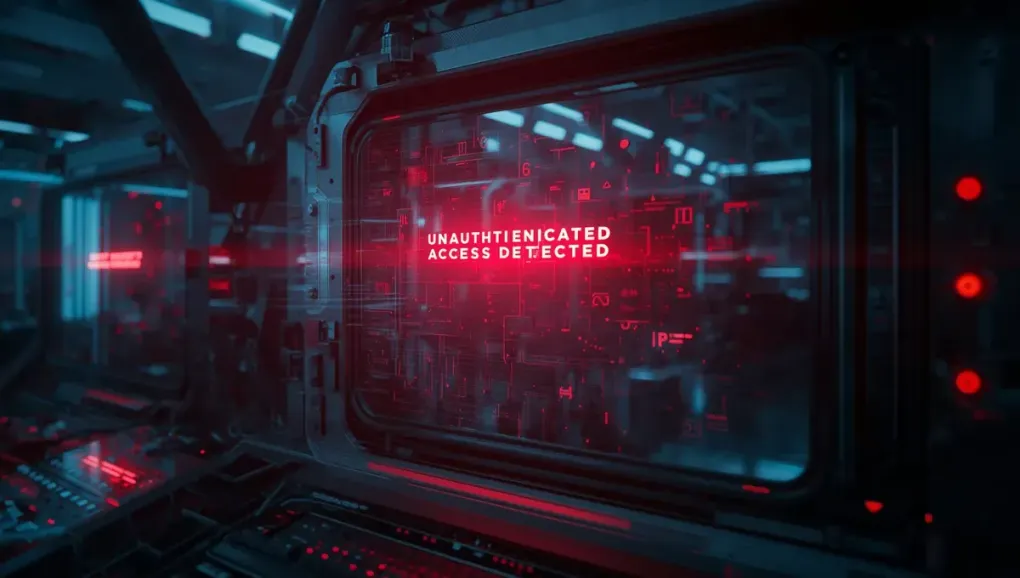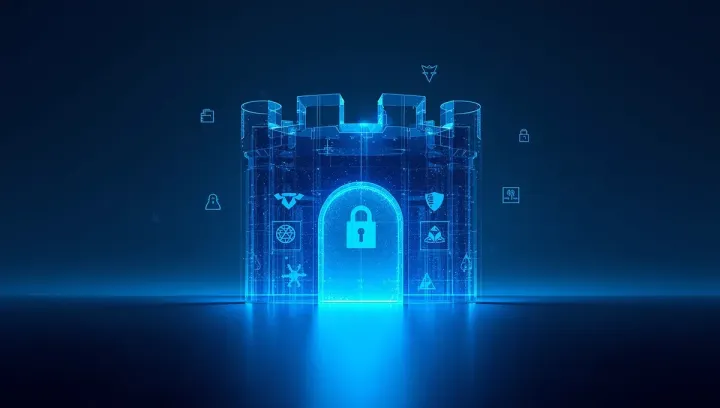
Security Red Alert: Critical Unauthenticated RCE Hits Erlang/OTP (CVE-2025-32433)
A red alert has been raised across the cybersecurity and software development communities. A critical vulnerability in Erlang/OTP, first disclosed in April and tracked as CVE-2025-32433, is now under widespread active exploitation, security firms are warning.
The flaw, with a maximum severity score of 10.0 (CVSS), represents one of the most severe risks imaginable for servers relying on this technology, allowing for a complete and unauthenticated system takeover. It has transitioned from a known vulnerability into a clear and present danger.
The Silent Backbone: What is Erlang/OTP?
To grasp the magnitude of this threat, one must understand where Erlang/OTP operates. This isn’t a typical desktop application. Erlang is a programming language and OTP (Open Telecom Platform) is its extensive framework, both designed from the ground up to build massively scalable, fault-tolerant, and highly available systems.
Think of the systems that can never fail:
- Telecommunications: Erlang is famously the engine behind WhatsApp’s core messaging infrastructure, handling billions of messages daily. It’s also used in core routing and switching systems by companies like Ericsson and Cisco.
- Financial Sector: It powers high-frequency trading platforms, banking backends, and payment processing systems where uptime is measured in fractions of a second.
- E-commerce & IoT: Platforms that must manage millions of concurrent connections from users and devices rely on Erlang’s concurrency model.
- Industrial Automation & Operational Technology (OT): This is the software that controls physical processes in factories, power grids, and other critical infrastructure.
The unparalleled stability and concurrency of Erlang/OTP have made it a silent, ubiquitous backbone for the modern digital world.
Anatomy of the Flaw: Unauthenticated RCE
The vulnerability exists within the public key authentication mechanism of the built-in SSH server provided by the framework. In technical terms, a flaw in how the server parses certain SSH packets allows a remote attacker to bypass the authentication step entirely. By sending a specially crafted packet, an attacker can trick the system into granting them shell access, leading to Remote Code Execution (RCE).
This is the holy grail for attackers: the ability to become the administrator of a server without needing a password, a key, or any form of credential.
The Immediate Threat: Active Exploitation in OT Networks
Cybersecurity firms, including Palo Alto Networks’ Unit 42, have confirmed that this is not a theoretical threat. Exploitation of CVE-2025-32433 is already happening. The most alarming statistic from early reports is that 70% of observed exploitation attempts are targeting Operational Technology (OT) networks.
This indicates a deliberate focus by threat actors on high-value industrial targets. A successful attack here goes beyond data theft; it could lead to the disruption of manufacturing lines, sabotage of critical infrastructure, or manipulation of physical processes, posing a direct risk to public safety.
Urgent Mitigation and Patching Guidance
The response to this threat must be swift and decisive.
- Patch Immediately: The Erlang/OTP team has released patched versions. If you manage or develop any system using Erlang, updating to the latest secure version is the number one priority.
- Restrict Access (If Patching is Delayed): If an immediate update is not feasible, severely restrict access to the Erlang SSH port (as defined in your application). Use strict firewall rules to create an allow-list, ensuring only trusted IP addresses can even attempt a connection. This is a temporary mitigation, not a solution.
- Disable the Service: If the built-in SSH server is not essential for your application’s operation, disable it entirely.
- Audit and Monitor: Scrutinize SSH access logs for any anomalous connection attempts, even failed ones. Monitor systems for any unexpected processes or outbound network traffic.
This vulnerability is a sobering reminder that even the most robust and secure technologies can harbor critical flaws. In our interconnected world, proactive security, rigorous monitoring, and rapid patching are the only defenses that truly hold up.
Sources: Based on public reporting from Palo Alto Networks Unit 42 and Industrial Cyber.


